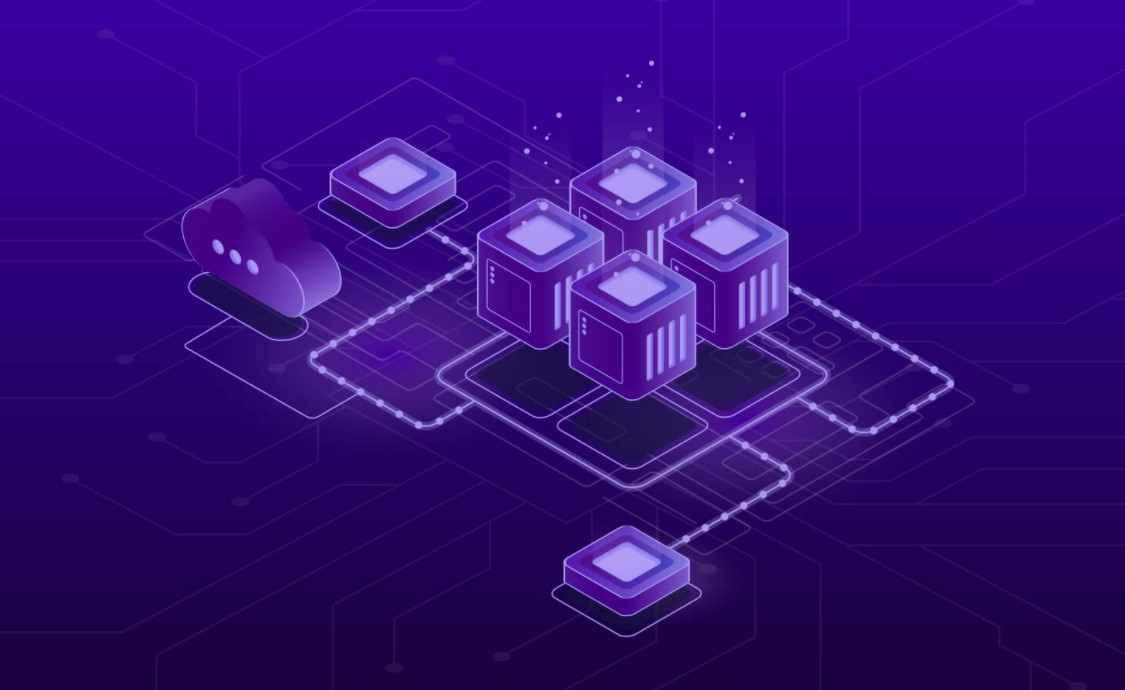Unlike 2021, where technology trends emerged to sail through the pandemic, this year’s trends showcase the digital innovations to help companies outdo modern business challenges. Today business leaders are looking for investment in digitalisation to deliver a better customer experience, improve operational efficiency, and accelerate top growth.
Though these trends look promising to unlock new potential considering the unstable pandemic, the bigger question is how to implement and incorporate these into your organization. We aim to help you understand the impact of these trends before implementing them.
Top trends of 2022
1. Data Fabric
Research shows that even after so much competency building around data analysis, 68% of the data is not analysed in most organizations. Accessing the desired data at the required time has become critical more than ever.
In the current scenario where data is increasingly becoming diverse, distributed, and complex, data management is not easy as it seems. This complexity led to the invention of the data fabric. It is an architecture and set of data services that bridge the gap between unrelated data sources.
Data fabric is an integrated layer that spreads over a large area that connects multiple data sources and processes the data within. It eliminates inefficient, repetitive, and manual data integration. Data fabric gives you a single compliant and accessible data accessing a structure with inbuilt analytics.
2. Cybersecurity Mesh
Like data fabric, cybersecurity needs a comprehensive strategy to integrate disparate security devices. Data fabric also needs maximum security as it can expose every data source available.
Implementing a cybersecurity mesh architecture (CSMA) is a centralized defence strategy that secures individual security devices such as firewalls and network protection tools.
By 2024, organizations with CSMA will reduce the financial impact of the individual security average by 90%.
3. Cloud-native platforms
The traditional lift and shift approach help the companies to leverage the benefits of the cloud but at the same time, it also increases the complexity for maintenance. Cloud-native platforms use the core capabilities of cloud computing to build an architecture that is robust, resilient, & agile. By 2025, Gartner predicts that cloud-native platforms will be the foundation of more than 95% of digital initiatives.
4. Decision Intelligence
Today businesses are analytics and AI-driven organizations. Businesses are adopting digital transformation to become more resilient and responsive to changing customer demand.
Implementing decision intelligence is a competitive advantage. It unlocks the company’s ability to make data-driven decisions in real-time, converting data into executable actions. It’s an amalgamation of technologies and algorithms like machine learning, deep learning, business intelligence, decision modeling, and predictive analysis.
Gartner forecasts that more than 33% of the organizations will implement decision intelligence.
5. Hyperautomation
Hyperautomation is the end-to-end automation of complex business processes instead of individual processes. Integration of robotic process automation with machine learning and artificial intelligence augments business processes. According to Gartner, hyperautomation will exceed $596 billion.
Unlike automation, hyperautomation is more data-driven than a process-driven approach. It creates a digital workforce by integrating one process with another. This workforce can identify automation opportunities, & execute complex processes that require human input.
6. AI Engineering
AI is the most enticing opportunity in business and IT today. However, companies face higher failure rates in AI projects implementation because they try to mitigate the issues in their environment.
AI engineering can be referred to as operationalizing AI models using better-integrated data pipelines. It aims to build an automated model development environment with strong governance. It automates the deployment of AI models into a live environment to synchronize AI delivery and ensure its ongoing business value.
By 2025, AI engineering adoption will increase the value of AI efforts threefold.
The past few months had seen faster change than ever. These trends are proof of rapidly changing priorities. Above are some of the technology trends that are expected to see a rise in 2022. Let us know how these advancements can help you at contact.us@virtuetechinc.com.




